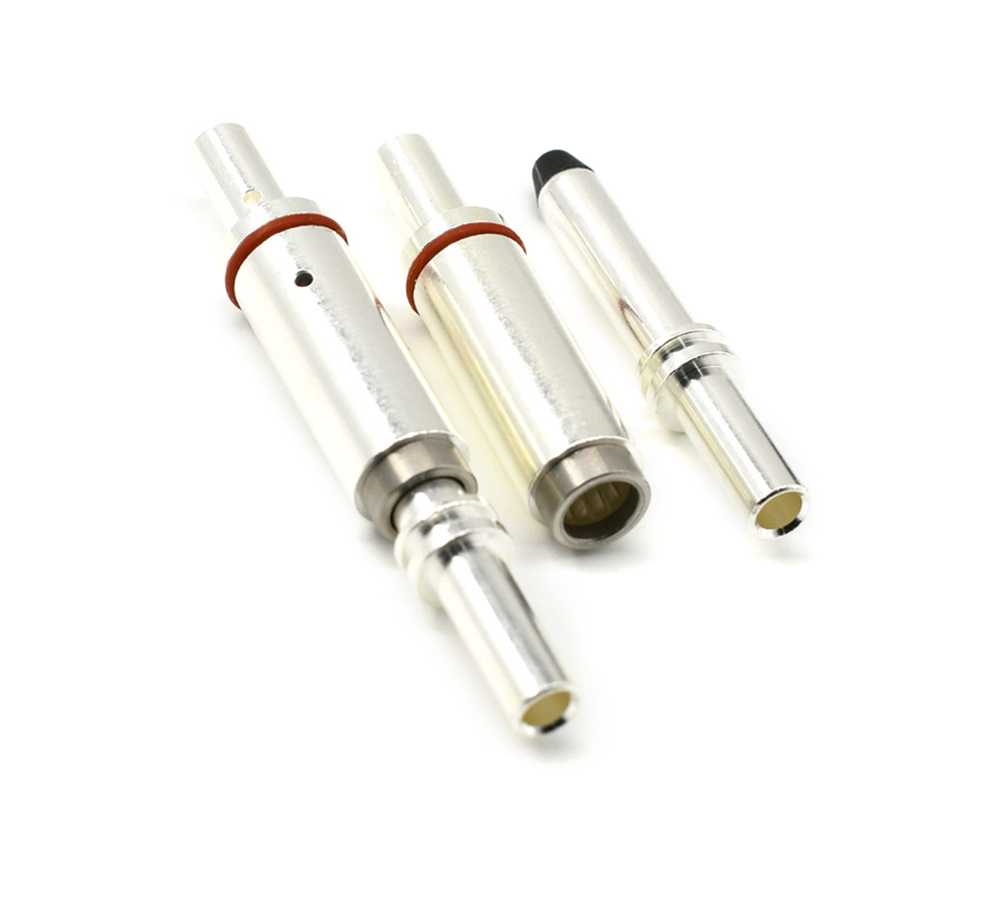Time:2025-05-14 Views:1 source:News

The dimensions of PCB spring thimbles are crucial parameters that determine their compatibility with various applications and their ability to provide reliable electrical connections. These dimensions include the diameter of the probe head, tube diameter, shank diameter, length, and stroke, each of which plays a specific role in the functionality of the spring thimble.
The probe head diameter is an important dimension as it affects the contact area and the type of connection. A larger probe head diameter, such as 1.5 mm or 1.7 mm, is often used when a broader contact surface is required, for example, when testing larger pads or connecting to components with relatively large contact areas. In contrast, a smaller probe head diameter, like 0.74 mm or 0.68 mm, is suitable for applications where space is limited or when making contact with small, delicate components, such as in micro - electronics or fine - pitch PCB assemblies.
The tube diameter of the PCB spring thimble also impacts its performance and compatibility. A larger tube diameter generally provides more space for the internal components, such as the spring and the plunger, and can also offer greater structural stability. However, it may take up more space on the PCB. Smaller tube diameters, on the other hand, are beneficial for applications where space is at a premium. For instance, in wearable devices, where the PCB layout needs to be as compact as possible, spring thimbles with smaller tube diameters are preferred.
The shank diameter, which is related to the part of the spring thimble that may be inserted or soldered onto the PCB, also varies depending on the application. A thicker shank diameter can provide a more robust connection, especially in applications where mechanical stress is a concern. In industrial equipment, where the PCB may be subject to vibrations and shocks, spring thimbles with relatively thick shank diameters are often used. Conversely, in applications where weight and space are critical, such as in some aerospace or portable electronics, a thinner shank diameter is more suitable.
The length of the PCB spring thimble is another significant dimension. It determines the overall height of the component when installed on the PCB. Longer spring thimbles may be required in applications where there is a need to bridge a certain distance between components or to provide additional clearance. For example, in some multi - layer PCB designs with components of different heights, longer spring thimbles can be used to establish connections between different levels. Shorter spring thimbles, on the other hand, are ideal for applications where a low - profile design is essential, such as in flat - panel displays or some handheld devices.
The stroke of the spring thimble, which is the distance the plunger can move within the tube under compression, is also an important consideration. A longer stroke may be necessary in applications where there is a need to accommodate some misalignment or to provide a more flexible connection. In devices that experience thermal expansion or mechanical movement, spring thimbles with longer strokes can maintain a stable connection. Conversely, in applications where a precise and fixed connection is required, a shorter stroke may be more appropriate.
Read recommendations:
American standard charging gun